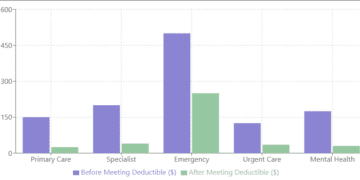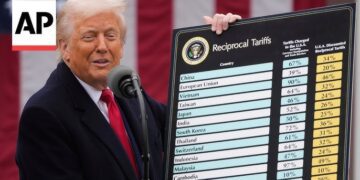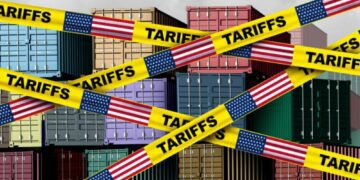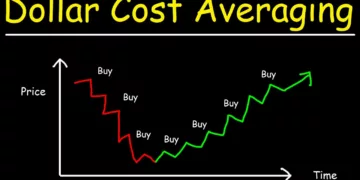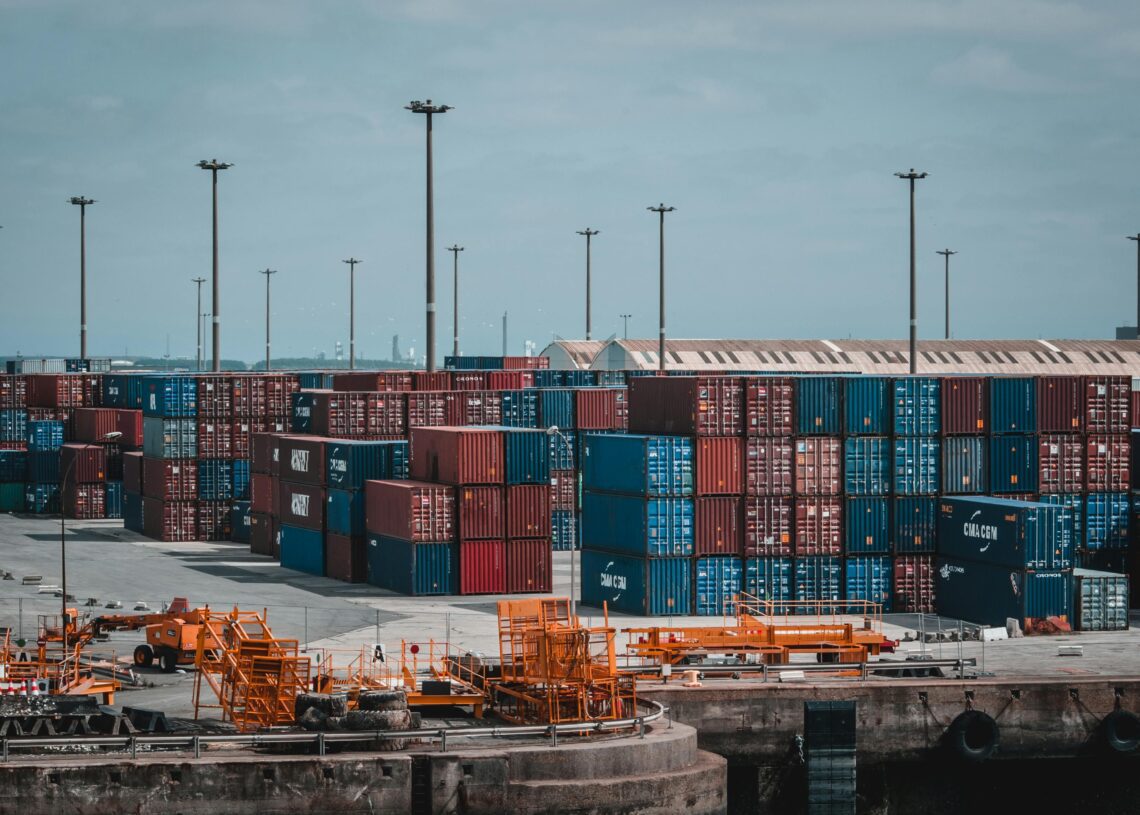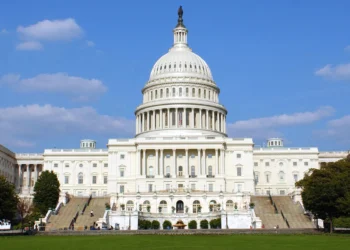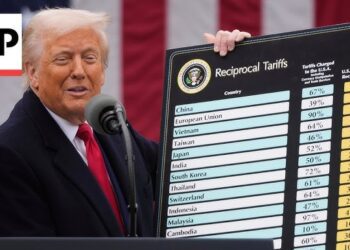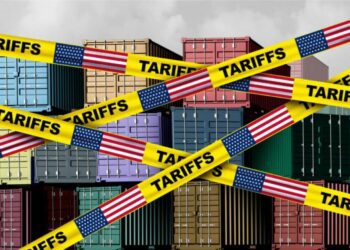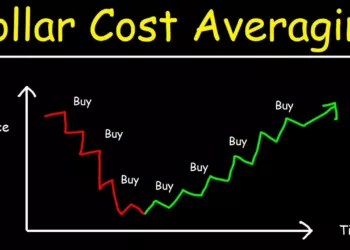Understanding the Tariff Landscape
In today’s complex global economy, tariffs have become a central point of discussion among investors, business leaders, and economists. The implementation of tariffs on various countries, particularly those serving as manufacturing hubs, has created both challenges and opportunities in the market. This comprehensive analysis will explore how companies are adapting to these changes and why logistics companies might be the hidden gems in your investment portfolio.
“In economics, the one thing everybody knows is that nobody knows anything for certain.” – John Kenneth Galbraith
The Art of Tariff Avoidance Through Frontloading
Frontloading has emerged as a crucial strategy for companies looking to minimize the impact of tariffs. This practice involves importing larger quantities of goods before tariff implementation dates, effectively creating a buffer against increased costs. Let’s examine how this strategy works:
Key Benefits of Frontloading
- Cost Savings: Companies can maintain current pricing structures longer
- Market Share Protection: Ability to stay competitive while competitors adjust prices
- Supply Chain Flexibility: Time to develop alternative sourcing strategies
| Strategy Component | Short-term Impact | Long-term Impact |
|---|---|---|
| Inventory Buildup | Higher storage costs | Tariff avoidance |
| Cash Flow | Negative | Potentially positive |
| Market Position | Stable | Strengthened |
Logistics Companies: The Ultimate Tariff Beneficiaries
The surge in frontloading activities has created an unprecedented opportunity for logistics companies. These businesses are experiencing increased demand for their services across multiple channels:
Storage Solutions
The need for additional warehouse space has skyrocketed as companies build up inventory. Logistic companies have reported a 45% increase in storage revenue in the last quarter alone.
Transportation Services
Maritime shipping companies and ground transportation providers are seeing significant volume increases. This trend is particularly evident in the performance of companies like that are considered industry leaders.
Supply Chain Management
Companies offering comprehensive supply chain solutions are becoming increasingly valuable as businesses seek to optimize their operations under new tariff conditions.
The Consumer Cost Burden
While companies scramble to adapt, it’s crucial to understand who ultimately bears the cost of tariffs. Our analysis shows a direct correlation between tariff implementation and consumer prices:
Price Impact Analysis
- Initial price increases of 10-15% on directly affected goods
- Secondary price increases on related products
- Cumulative effect on household spending
The visualization above demonstrates the relationship between tariff rates, consumer prices, and logistics company revenue growth.
The Manufacturing Dilemma
One of the primary arguments for tariffs is the potential return of manufacturing to the United States. However, this raises several important questions:
Current Manufacturing Capacity
The U.S. manufacturing sector has evolved significantly over the past decades, with many specialized skills and infrastructure now concentrated overseas. Rebuilding this capacity requires:
- Significant capital investment
- Workforce training and development
- Infrastructure modernization
Cost Considerations
The reality of domestic manufacturing includes:
“The true cost of reshoring manufacturing goes far beyond factory construction. It requires rebuilding entire supply chain ecosystems that have been decades in the making elsewhere.”
The Tax Trade-off Debate
The tariff discussion naturally leads to broader economic policy considerations, particularly regarding taxation approaches. The choice between:
Low Income Tax / High Sales Tax Model
Benefits:
- Consumer spending control
- Potential for higher savings rates
- Merit-based consumption taxation
Drawbacks:
- Regressive nature
- Impact on low-income households
- Potential reduction in consumer spending
High Income Tax / Low Sales Tax Model
Benefits:
- Progressive taxation
- Stable government revenue
- Lower barrier to consumption
Drawbacks:
- Reduced income control
- Potential impact on work incentives
- Complexity in international competition
Investment Implications
For investors looking to capitalize on these market dynamics, several opportunities emerge:
Logistics Sector Opportunities
- Pure-play logistics companies
- Real Estate Investment Trusts (REITs) focusing on warehouse space
- Transportation companies with strong international presence
Risk Factors to Consider
- Political uncertainty
- Economic cycle timing
- International trade relationships
Actionable Investment Strategies
For those looking to position their portfolios accordingly:
- First Trust Nasdaq Transportation ETF FTXR offers broad exposure to the sector
- Consider companies with strong balance sheets and established market positions
- Look for businesses with pricing power and long-term contracts
Conclusion
The tariff situation presents a complex web of challenges and opportunities. While the debate about their effectiveness continues, smart investors can position themselves to benefit from the resulting market adjustments. The logistics sector, in particular, stands out as a potential winner in this evolving landscape.
Key Takeaways
- Frontloading creates immediate opportunities in logistics
- Consumer costs will continue to rise
- Manufacturing reshoring faces significant challenges
- Investment opportunities exist in supporting industries
“The art of investment is not about picking winners, but about positioning yourself to benefit from structural changes in the market.”
For investors, the key is to understand these dynamics and position portfolios accordingly. While there may not be a clear “right” or “wrong” in the tariff debate, there are certainly ways to make informed investment decisions based on the resulting market movements.
Note: This blog post represents analysis based on current market conditions and available information. Investors should conduct their own due diligence and consider their individual investment objectives and risk tolerance before making investment decisions.



